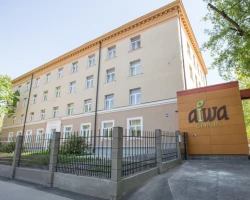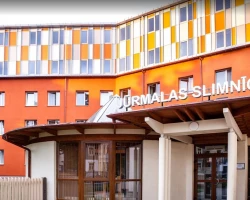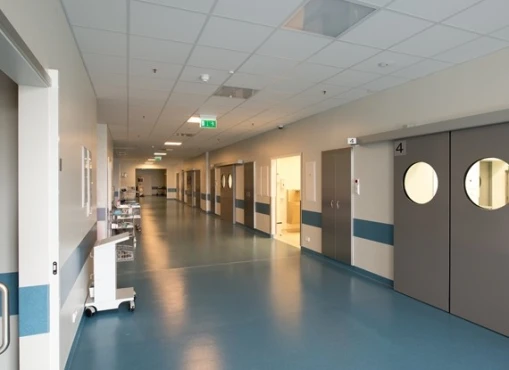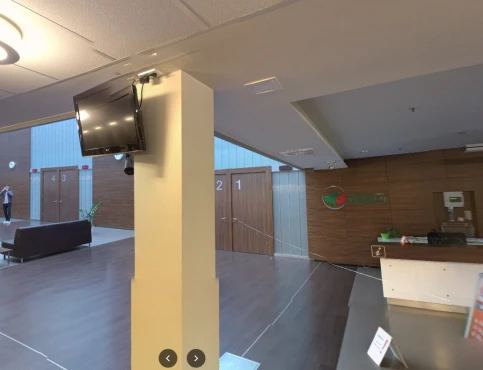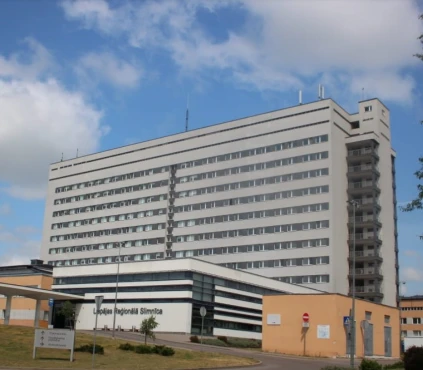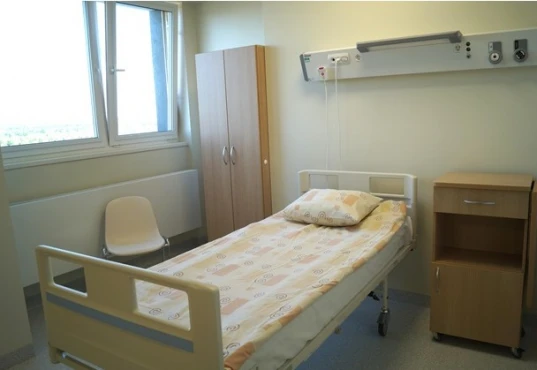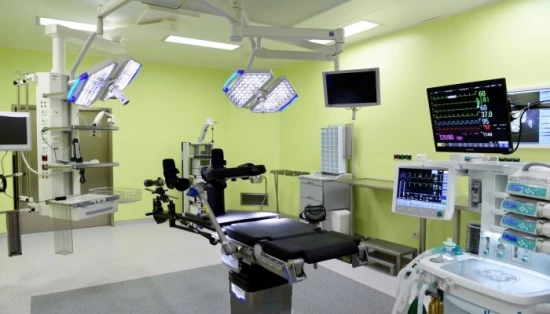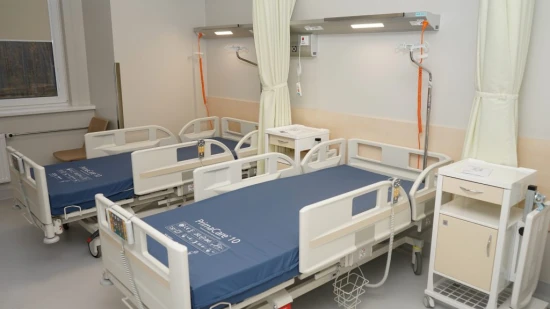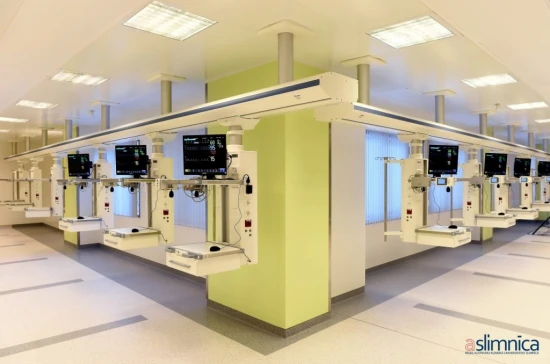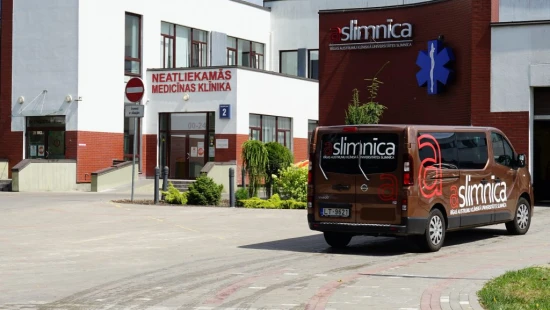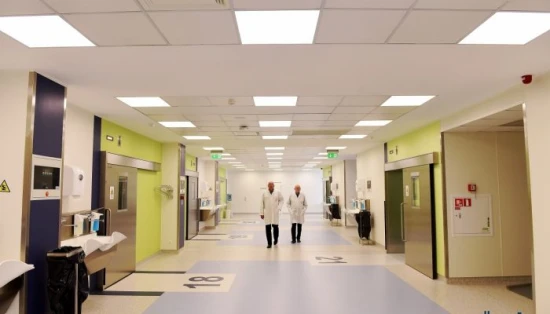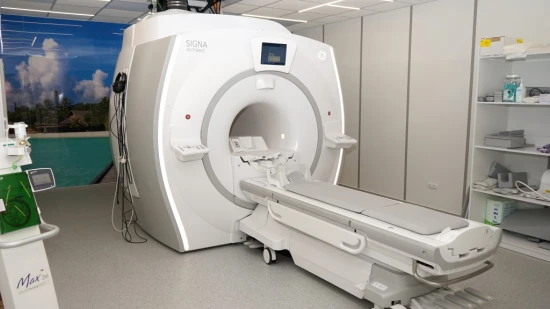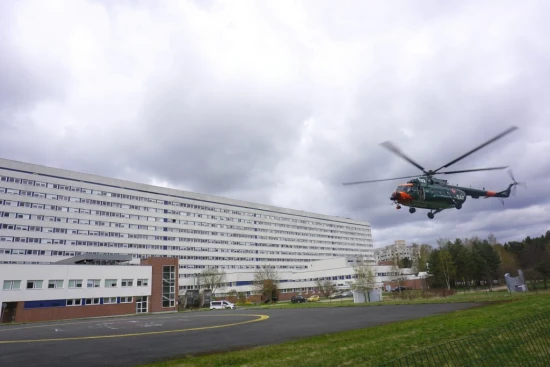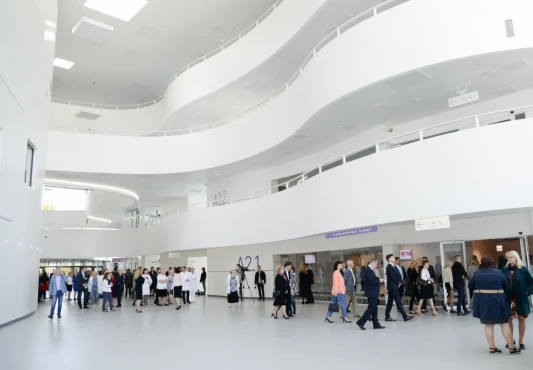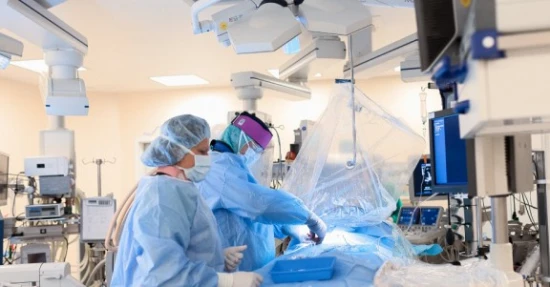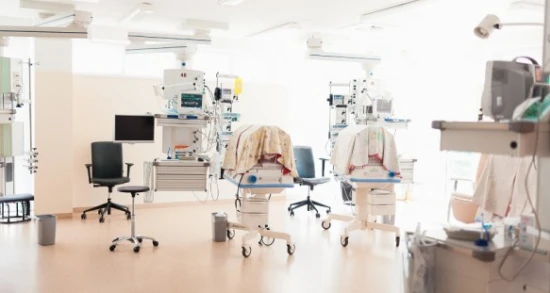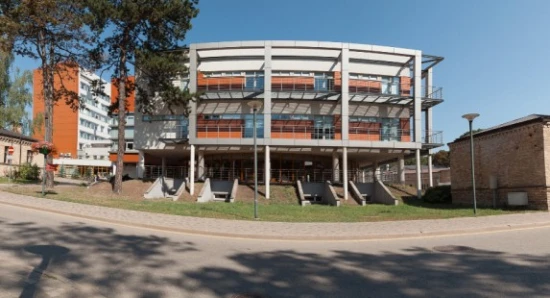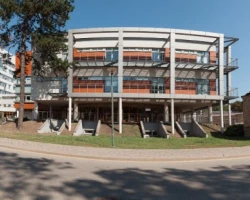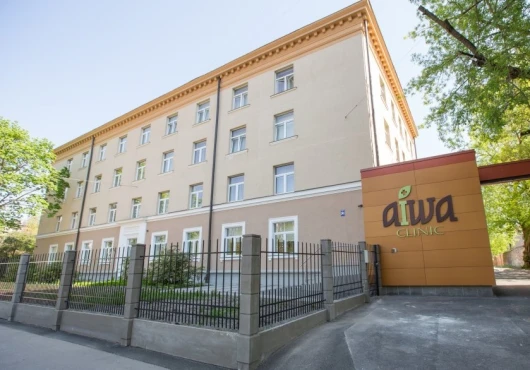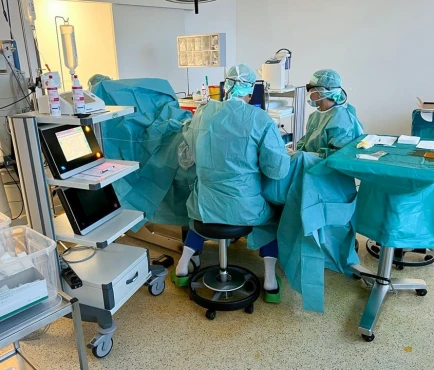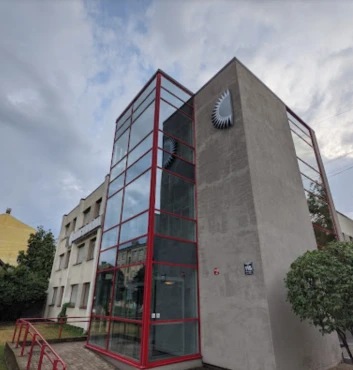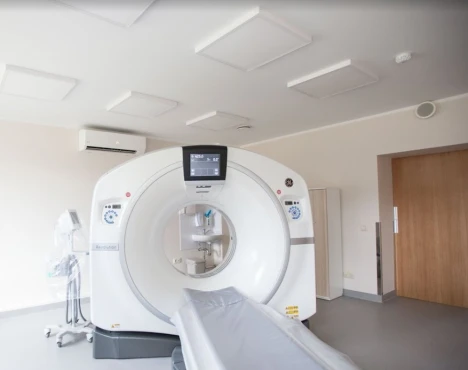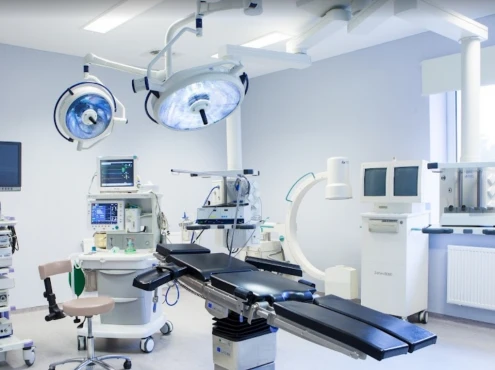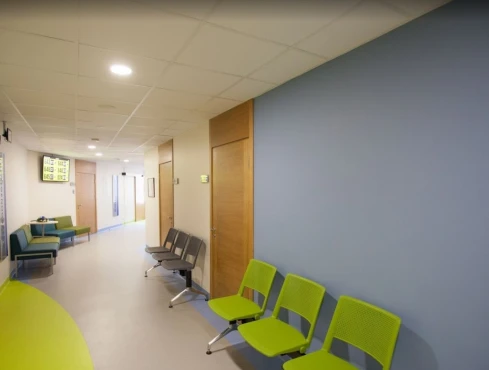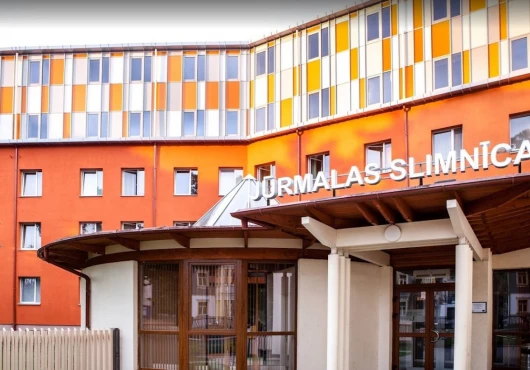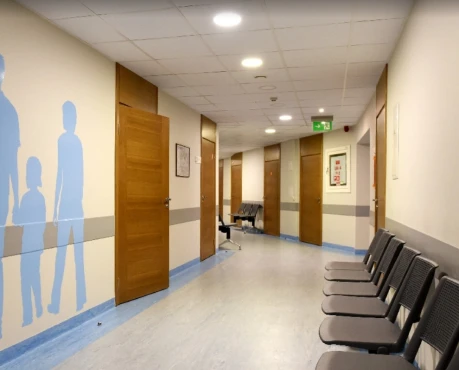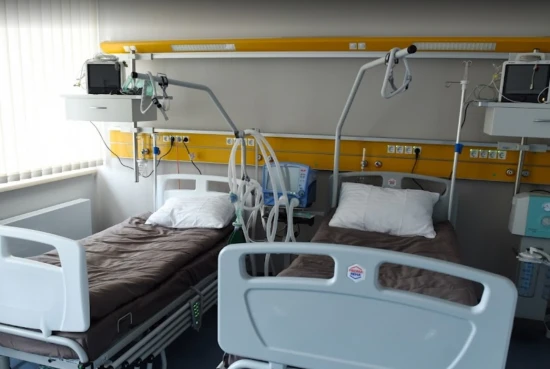from Ch Saim
November 19, 2023
It's early morning, 3.50 AM
I lost my baby here .My bay was in 6 months, and everything was normal.
It's only a lower belly pain and gas issue .
Pain was completely gone after 24 hours.
After 24 hours, my wife called me and told me I am feeling pain again and again with a 5-minute delay.
And at 3.50 AM
I listened we lost our baby 😢
Even the doctors don't inform me.
I am the father of the baby , and I have the right to know each and every thing.
Doctors took the 13 ultrasound in 2 days, and they are not able to access the main issue of this pain .
All doctors were done ultrasound,blood, and urine tests separately.
But they are not able to know what we should do for treatment.
At night, there is no way to enter the hospital .
Today, I am very helpless.
Even I can't meet my wife.
I can't see her condition.
I can't go to her 😢.......
When I enter in Gynecologist ward at 8 floor
There was not any doctor near my wife.
She left her alone and went somewhere else.
My wife is crying 😢 for help.
3 old ladies in uniform seated near the door but don't call the doctor.
When I ask about the doctor ,then after 20 minutes, she comes and starts arguing with me .
Even there is no one in the main reception in the gynecologist section .
What is this ........
I never ever heard or seen this neglegency.
I am also a medical technologist.
I never ever saw this condition in any hospital.
This is not a hospital.
It's a death cell.
Not professional doctors and other staff ,they are killer .
Even they don't give us our documents or medical history.
How can they take our medical treatment history ?
from Janis Bertrands
May 10, 2023
Amazingly forthcoming and caring service every single time. All the staff is friendly and eager to help.
I truly believe that any negative feedback partially has to do with who's leaving it.
from Vedran Stipic
April 30, 2023
My father in law is still here in intensive care. I have nothing but good things to say about the nurses and doctors working here. He's been here for two weeks now, so it's not a rash judgment.
Update: after three months of intense fight for his life, my father in law lost the battle. I still stand by what I said, these people did everything humanly possible to cure him and ease his pain. I wish they worked in my city and that my family and I have people like these in our time of need.


